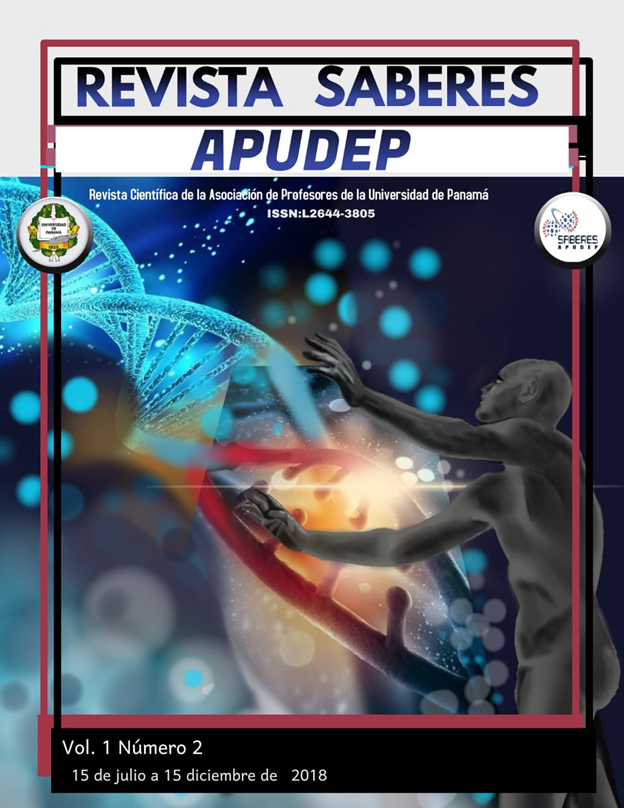

Dentro del marco del Proyecto colaborativo entre la Universidad de Kansas y CIFLORPAN de la Universidad de Panamá se llevó a cabo bioprospección en la flora panameña, aún no explorada, para el descubrimiento de nuevas moléculas bioactivas contra tuberculosis, cáncer, enfermedad de Alzheimer y parasitarias.
Se establecieron tres parcelas de 0.1 ha en tres parques nacionales: Parque Nacional Chagras (PNCH), Parque Nacional General de División Omar Torrijos Herrera (PNGDOTH) y el Parque Nacional Sarigua (PNS). Se identificaron un total de 2537 registros, distribuidos en 1536 (PNC), 708 ((PNGDOTH) y 293 (PNS). Se identificaron un total de 176 especies, 230 géneros pertenecientes a 95 familias.
Se seleccionaron 197 especies para la evaluación biológica de plantas por su potencial farmacéutico con base en la búsqueda en la Base de Datos NAPRALERT. Para tal fin, se prepararon 302 extractos destanificados y 400 extractos etanólicos. Dos plantas Licania kallunkiae y Otoba novogranatensis demostraron actividad antituberculosa contra cepas de Mycobacterium tuberculosis sensibles (37Rv) y multirresistentes (MDR), con IC50 < 6.12 µg/mL. Estas mismas plantas también resultaron más activas contra Plasmodium falciparum, Leishmania mexicana y Trypanosoma cruzi mostrando un porcentaje de inhibición de crecimiento (G% > 70.00 %).
En los ensayos de citotoxicidad contra tres líneas celulares cancerosas humanas (NCI-MCF-7, NCI-H-460 y NCI-SF- 268), las plantas Erythroxylum sp., Enterolobium schomburgkii, Otoba novogranatensis, Hymenea courbaril, Rollinia sp., Casearia carymbosa, Miconia argentea, Erytrina fusca, Rauwolfia littoralis, Vouarana guianensis, Virola sp., Garcinia madruno, Inga sapindoides, Casearia sp., y Castilla elastica fueron activas.
La evaluación de la actividad inhibidora contra la enzima acetilcolinesterasa permitió identificar 25 plantas como inhibidores selectivos de la enzima acetilcolinesterasa: Garcinia madruno, Ziziphus mauritiana, Erythrina fusca, Blakea herrerae, Guapira costaricana, Hortia colombiana, Tetrochidium sp., Pithecellobium hymeneaifolium. Pteridophyta, Psychotria capitata, Matayba sp., Cordia bicolor, Casearia corymbosa, Hymenea courbaril, Attalea butyracea, Bellucia pentamera, Indigofera suffruticosa, Machaerium sp, Bursera tomentosa, Garcinia madruno, Alysicarpus vaginalis, Dioclea megacarpa y Talisia nervosa. Mientras que en el ensayo de inhibición de butirilcolinesterasa, 10 plantas resultaron ser más activas: Pachira acuatica, Licaria sp., Warszewiczia coccinea, Rauwolfia littoralis, Nectandra sp, Neptunia sp, Piper sancti-felicis, Chamaecrista sp, Dussia atropurpurea y Elaeagio nitidifolia.
Se seleccionaron cuatro plantas para estudios aislamiento biodirigidos y su caracterización estructural: Morinda rojoc, Homalomena wendlandii, Licania kallunkie y Warszewiczia coccinea. Se aislaron en total 17 compuestos, 4 de ellos nuevos reportes a la literatura y 13 conocidos, pero aislados por primera vez de plantas panameña.